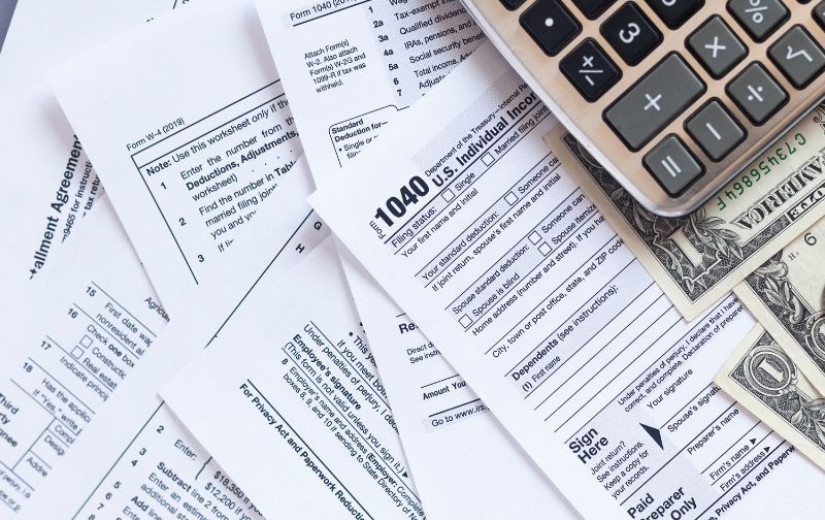
3 min read
When researching a stock for investment, what can tell us that the company is in decline? More often than not, we'll see a declining return on capital employed (ROCE) and a declining amount of capital employed. This reveals that the company isn't compounding shareholder wealth because returns are falling and its net asset base is shrinking. So after we looked into Tong Herr Resources Berhad (KLSE:TONGHER), the trends above didn't look too great.
For those that aren't sure what ROCE is, it measures the amount of pre-tax profits a company can generate from the capital employed in its business. Analysts use this formula to calculate it for Tong Herr Resources Berhad:
Return on Capital Employed = Earnings Before Interest and Tax (EBIT) ÷ (Total Assets - Current Liabilities)
0.013 = RM7.6m ÷ (RM712m - RM115m) (Based on the trailing twelve months to June 2025).
Therefore, Tong Herr Resources Berhad has an ROCE of 1.3%. Ultimately, that's a low return and it under-performs the Machinery industry average of 9.0%.
See our latest analysis for Tong Herr Resources Berhad
Historical performance is a great place to start when researching a stock so above you can see the gauge for Tong Herr Resources Berhad's ROCE against it's prior returns. If you want to delve into the historical earnings , check out these free graphs detailing revenue and cash flow performance of Tong Herr Resources Berhad.
There is reason to be cautious about Tong Herr Resources Berhad, given the returns are trending downwards. To be more specific, the ROCE was 5.4% five years ago, but since then it has dropped noticeably. Meanwhile, capital employed in the business has stayed roughly the flat over the period. This combination can be indicative of a mature business that still has areas to deploy capital, but the returns received aren't as high due potentially to new competition or smaller margins. So because these trends aren't typically conducive to creating a multi-bagger, we wouldn't hold our breath on Tong Herr Resources Berhad becoming one if things continue as they have.
In the end, the trend of lower returns on the same amount of capital isn't typically an indication that we're looking at a growth stock. And long term shareholders have watched their investments stay flat over the last five years. With underlying trends that aren't great in these areas, we'd consider looking elsewhere.










